
Musa zebrina - Plant
(MRP Inclusive of all taxes)
- Shipping ₹79 for entire order
- Dispatch in 7 days
- Country of origin: India

(MRP Inclusive of all taxes)
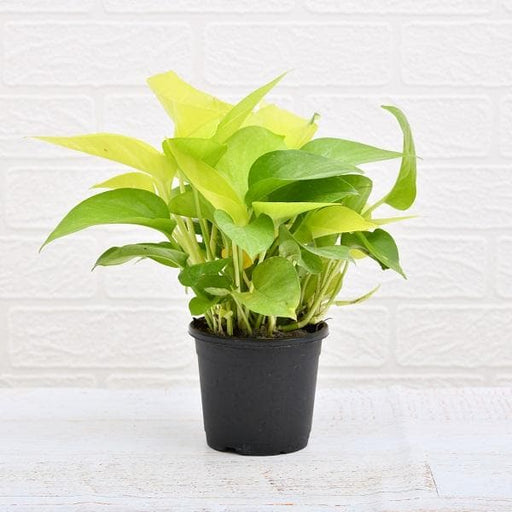 Save 29%
Save 29%
Air Purifier Money Plant with Pot The Air Purifier Money Plant, also known as Pothos or Epipremnum aureum, is a stunning indoor plant that...
View full details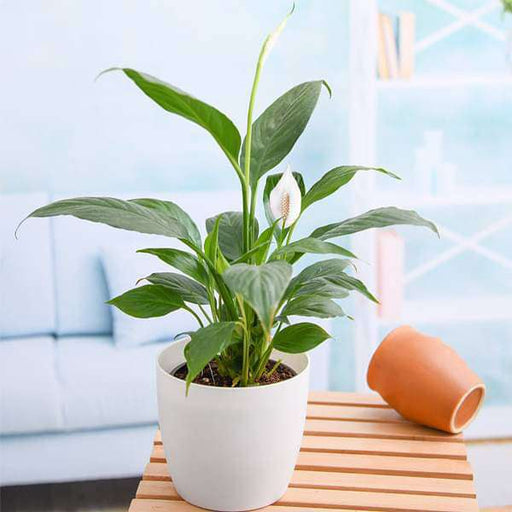
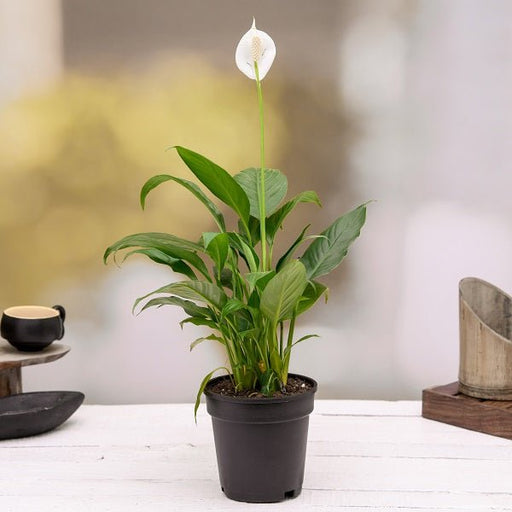 Save up to 15%
Save up to 15%
Peace Lily, Spathiphyllum - Plant The Peace Lily, scientifically known as Spathiphyllum, is a stunning houseplant celebrated for its elegant white...
View full details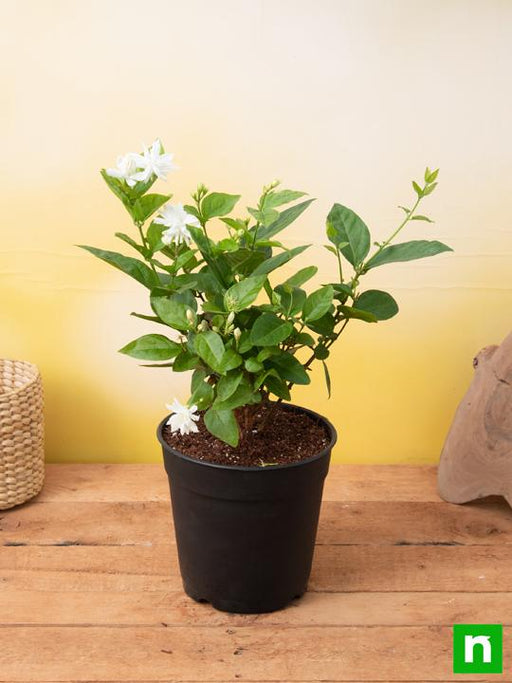
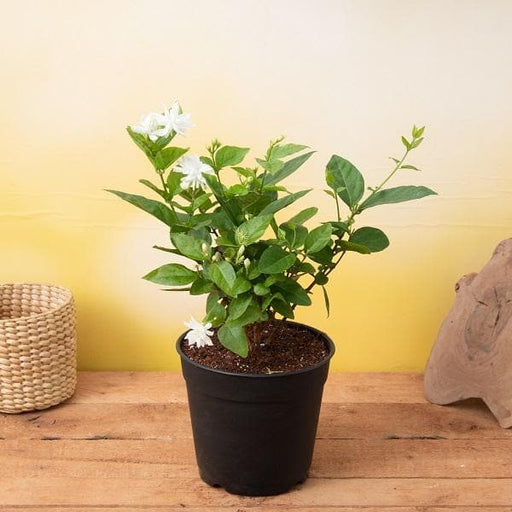 Save 25%
Save 25%
Jasminum sambac, Mogra, Arabian Jasmine - Plant Jasminum sambac, commonly known as Mogra or Arabian Jasmine, is a fragrant flowering plant...
View full details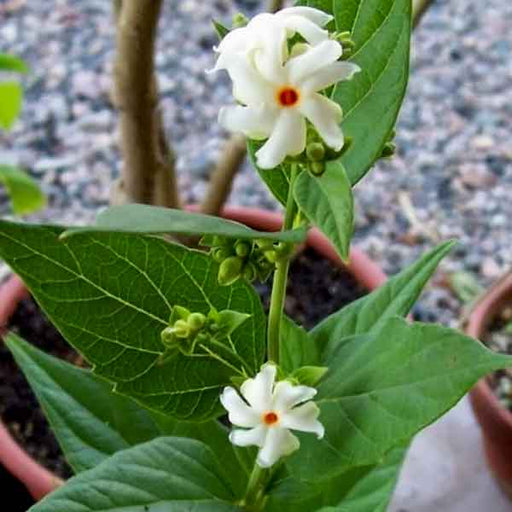
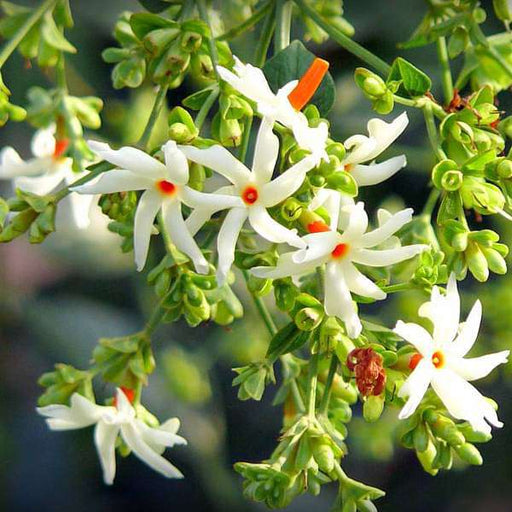 Save 18%
Save 18%
Combo Constituents Includes the Parijat Tree (Night-Flowering Jasmine), a culturally significant plant with fragrant flowers. Description The Pari...
View full details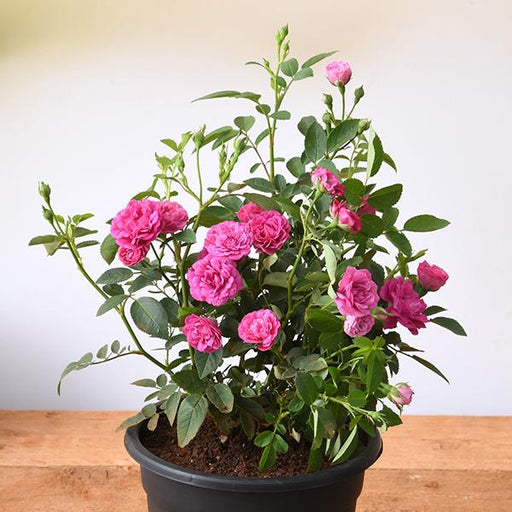
 Save 25%
Save 25%
Miniature Rose, Button Rose (Any Color) - Plant The Miniature Rose, also known as the Button Rose, is a charming and compact flowering plant that ...
View full details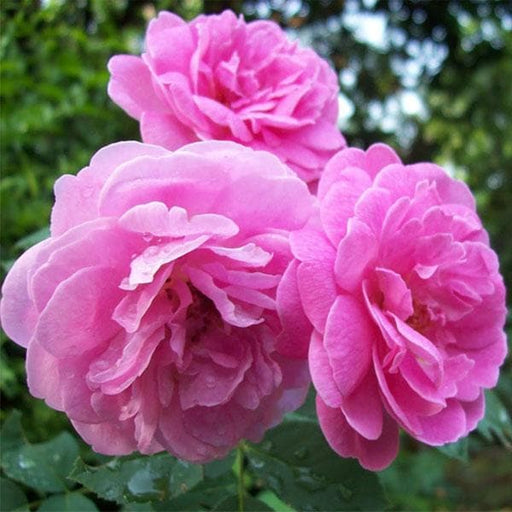 Save 25%
Save 25%
Damascus Rose, Scented Rose (Any Color) - Plant The Damascus Rose, also known as Rosa damascena, is a timeless symbol of beauty and romanc...
View full details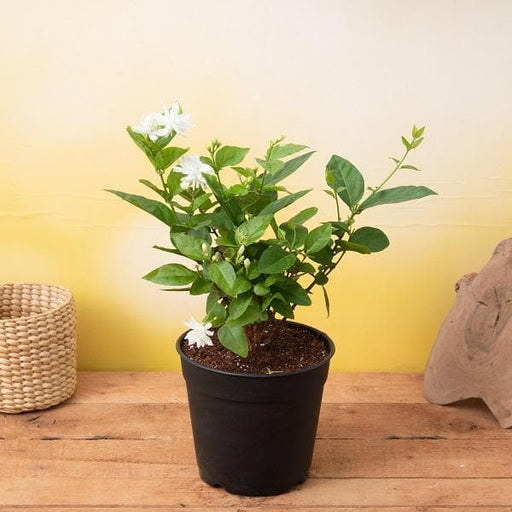
 Save 17%
Save 17%
Beautiful Fragrant Mogra, Arabian Jasmine Plant with Pot The Beautiful Fragrant Mogra, also known as Arabian Jasmine (Jasminum sambac), is...
View full details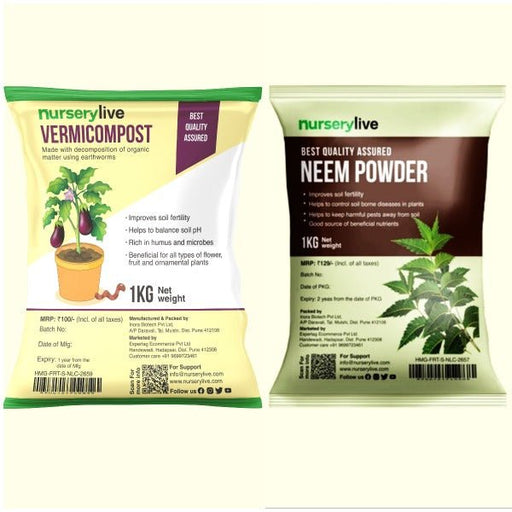 Save 15%
Save 15%
Pack of Vermicompost and Neem Cake for House Plants Transform your indoor garden with our premium Pack of Vermicompost and Neem Cake, spec...
View full details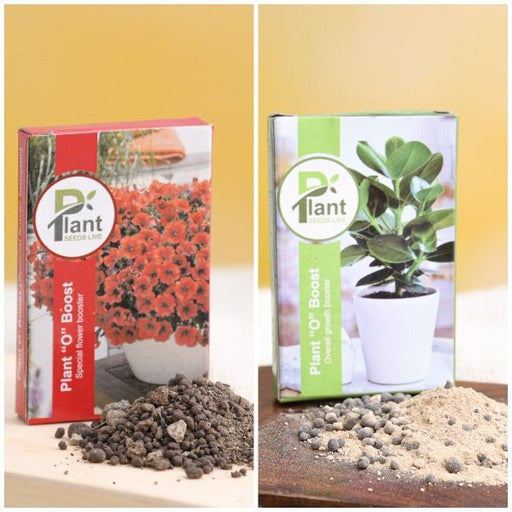
Pack of Plant Growth and Flower Boosters Unlock the full potential of your garden with our Pack of Plant Growth and Flower Boosters! This ...
View full details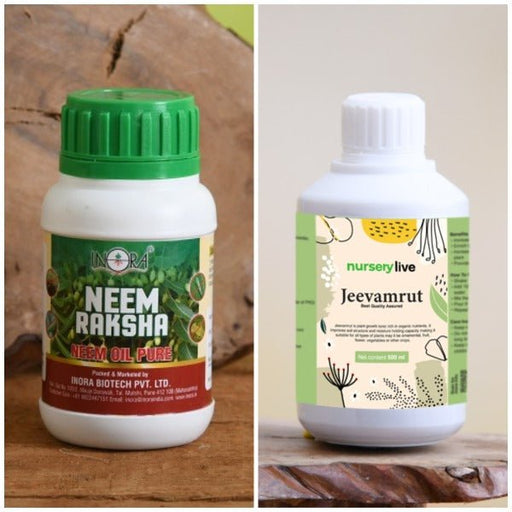 Save 38%
Save 38%
Combo of Jeevamrut and Neem Raksha for Easy Growth and Protection of Houseplants Transform your indoor garden with our exclusive combo of ...
View full details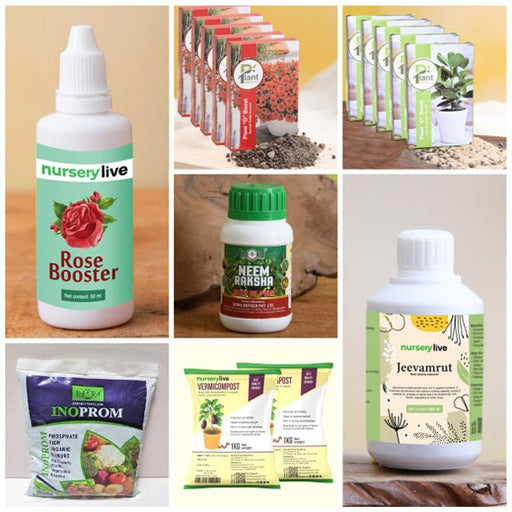 Save 22%
Save 22%
Plant Nutrients Kit (Pack of 16) for a Healthy Garden Transform your garden into a lush paradise with our Plant Nutrients Kit, featuring 1...
View full details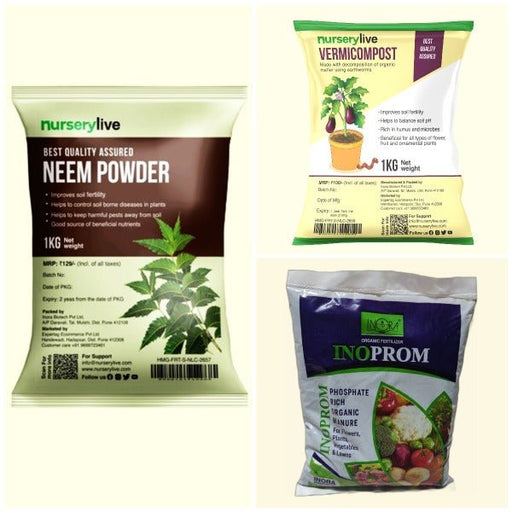 Save 16%
Save 16%
Combo of Top Plant Fertilizers Elevate your gardening game with our exclusive Combo of Top Plant Fertilizers, featuring two bags of premiu...
View full details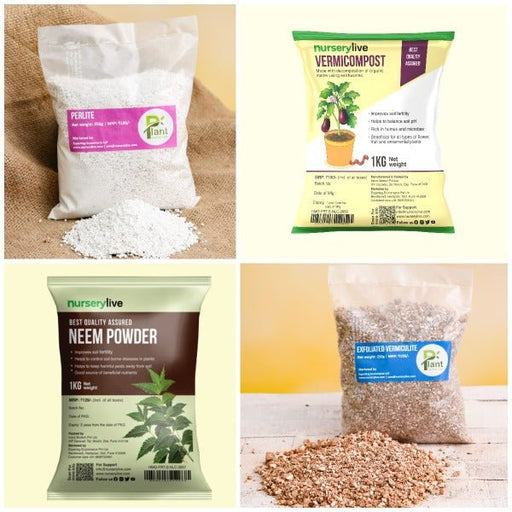 Save 24%
Save 24%
Pack of 4 Additives to Make Soil Healthy and Nutrient Rich Transform your garden into a thriving ecosystem with our Pack of 4 Additives de...
View full details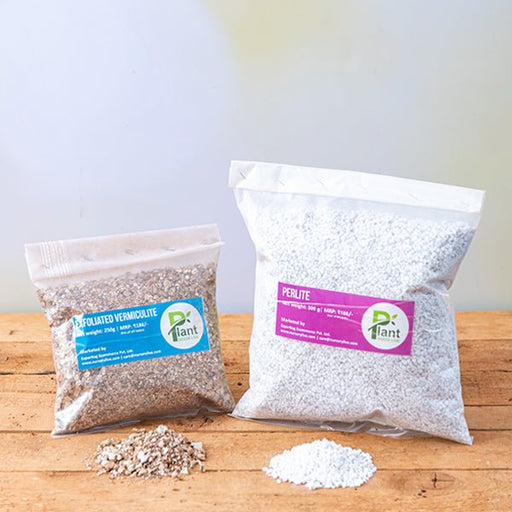 Save 30%
Save 30%
Transform your gardening experience with our premium Combo of Perlite and Vermiculite. This unique blend is designed to enhance soil aeration and ...
View full details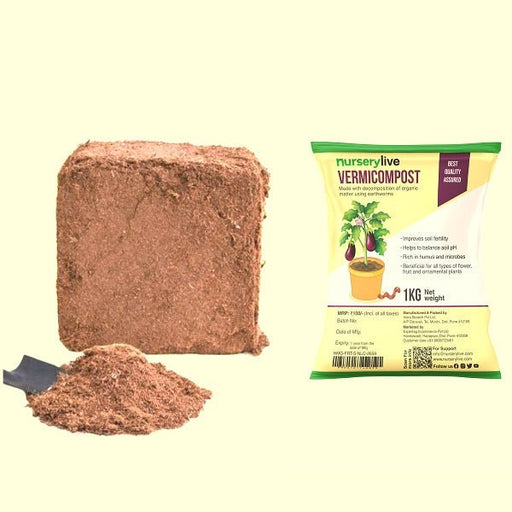 Save 27%
Save 27%
Combo of 2 Vermicompost and Cocopeat - Enrich Your Soil Naturally! Transform your garden into a thriving ecosystem with our Combo of 2 Ver...
View full details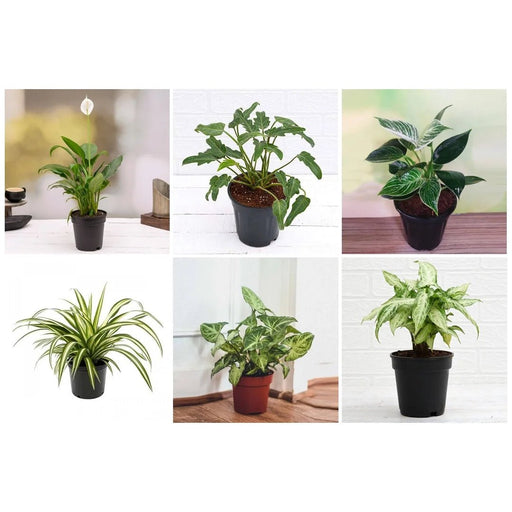
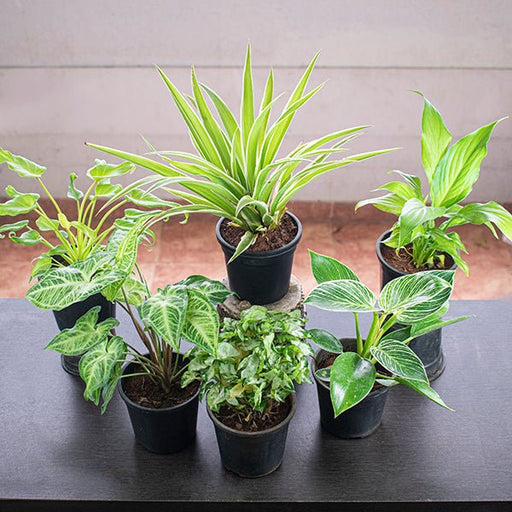 Save 35%
Save 35%
Best 6 Plants for Perfect Indoor Garden Transform your living space into a lush oasis with our curated collection of the Best 6 Plants for a...
View full details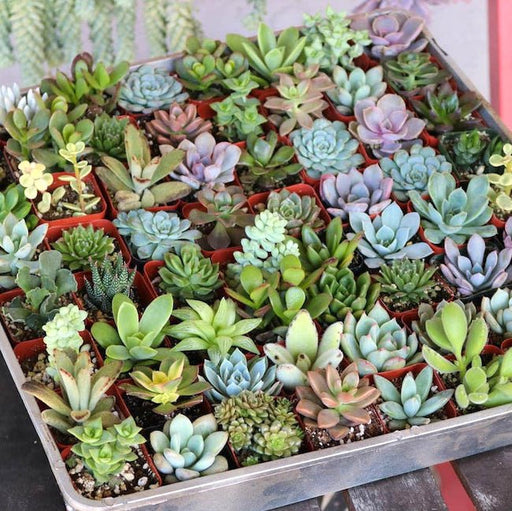
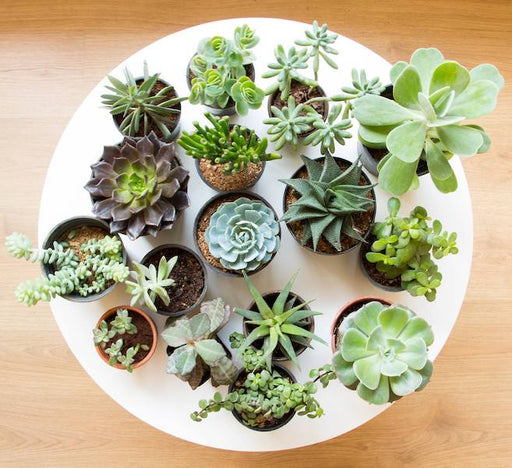 Save up to 50%
Save up to 50%
Mini Succulent Garden Pack Transform your space with our Mini Succulent Garden Pack, featuring a delightful collection of 4 any variety beautiful s...
View full details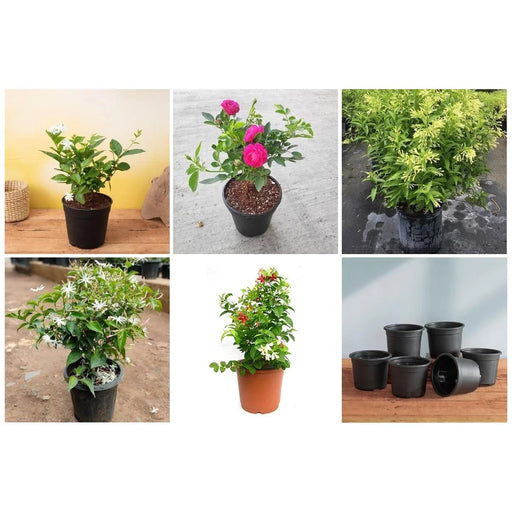
 Save 30%
Save 30%
5 Best Fragrant Plants Transform your garden or indoor space into a fragrant paradise with our curated selection of the 5 Best Fragrant Plants. Th...
View full details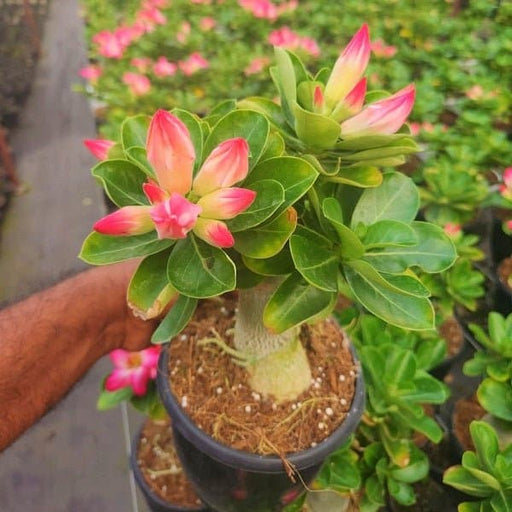
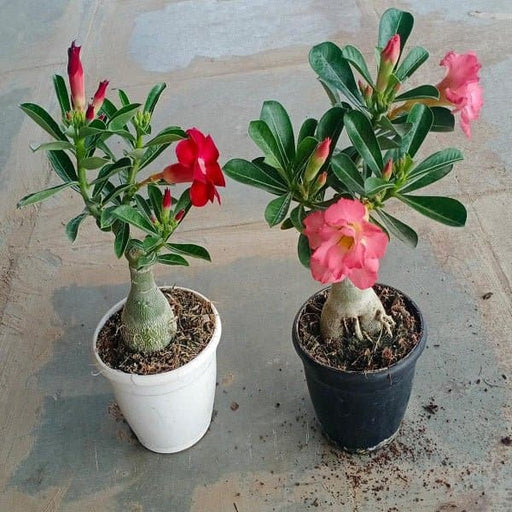 Save 24%
Save 24%
Set of 2 Bonsai Looking Grafted Adeniums Transform your indoor or outdoor space with our exquisite Set of 2 Bonsai Looking Grafted Adenium...
View full details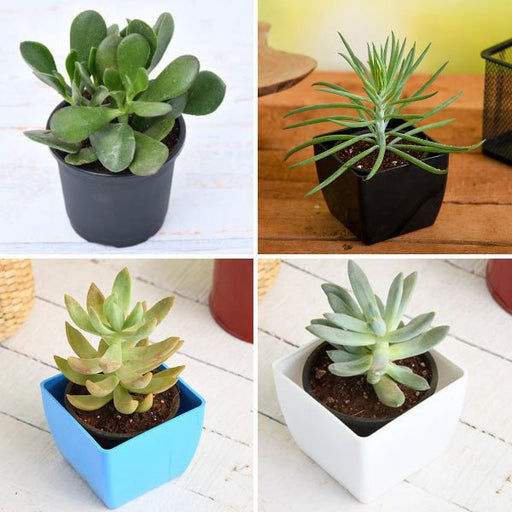 Save 45%
Save 45%
Top 4 Die Hard Succulents Pack Transform your indoor or outdoor space with our Top 4 Die Hard Succulents Pack, featuring a curated selecti...
View full details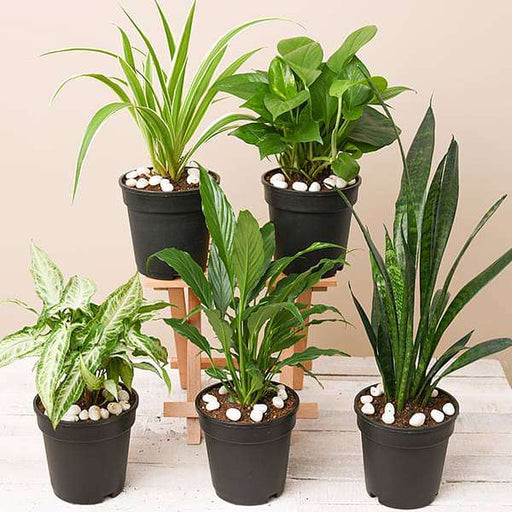
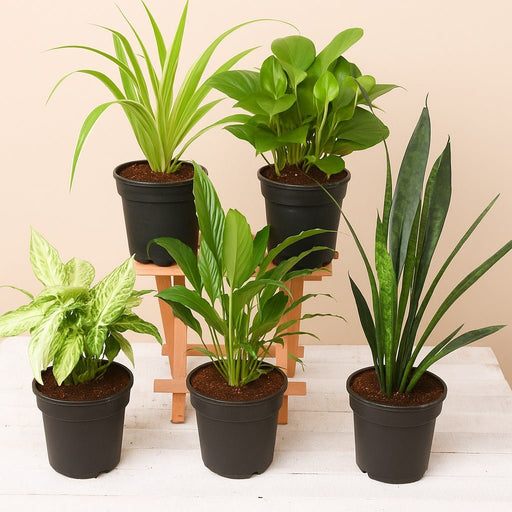 Save 30%
Save 30%
5 Best Indoor Plants Pack Transform your living space into a lush oasis with our '5 Best Indoor Plants Pack.' This carefully curated collection fe...
View full details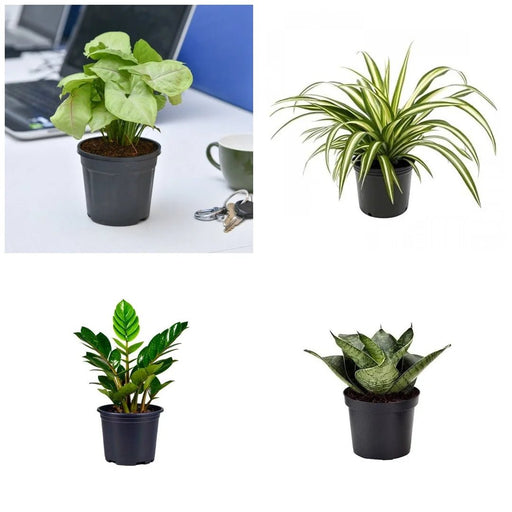
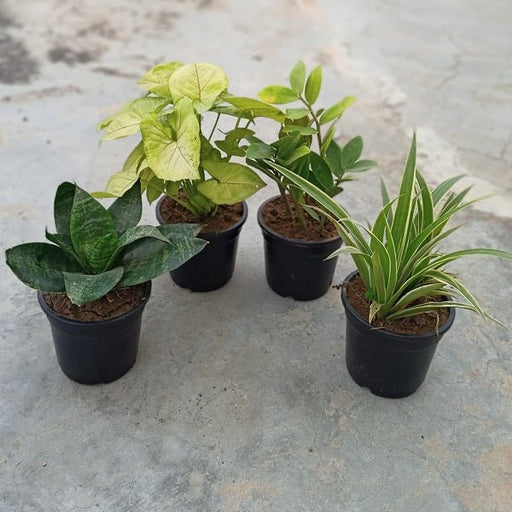 Save 25%
Save 25%
Set of 4 Evergreen Air Purifier Plant Pack Transform your indoor space into a lush, green oasis with our Set of 4 Evergreen Air Purifier Pla...
View full details| SrNo | Item Name |
|---|---|
| 1 | Musa zebrina - Plant |
Musa zebrina, commonly known as the Red Banana Plant, is a stunning tropical plant that captivates with its vibrant red and green striped leaves. Native to Southeast Asia, this ornamental banana plant not only adds a splash of color to your garden or indoor space but also thrives in various environments. With its unique appearance and fast growth, Musa zebrina is a favorite among plant enthusiasts and collectors alike.
What makes Musa zebrina special is its ability to produce edible fruit, albeit smaller than the common Cavendish banana. The fruit is sweet and rich in flavor, making it a delightful addition to your culinary adventures. Additionally, its striking foliage can reach up to 6 feet tall, creating a tropical ambiance in any setting.
One of the most remarkable features of Musa zebrina is its adaptability. It can thrive in both indoor and outdoor environments, making it a versatile choice for gardeners. Its unique coloration and large leaves also provide excellent shade, making it a perfect choice for creating a lush, tropical retreat.
If you think caring for a Musa zebrina is as easy as pie, think again! This tropical diva demands attention, sunlight, and just the right amount of humidity. Treat her like royalty, and she’ll reward you with stunning foliage that’ll make your neighbors green with envy. Remember, overwatering is a no-no; she prefers a well-drained soil that doesn’t turn into a swamp. So, channel your inner plant whisperer and give her the love she deserves!
Fasten your seatbelts because the Musa zebrina is not one to dawdle! This plant can grow up to 6 feet tall in just a few months, making it the Usain Bolt of the plant world. With the right conditions—plenty of light, warmth, and a dash of fertilizer—your Musa will be towering over your other plants in no time. Just be prepared to give it some space; it’s not a fan of cramped quarters!
Want to multiply your Musa zebrina like rabbits? Propagation is the name of the game! You can easily propagate this beauty through offsets or suckers. Just gently separate the little ones from the main plant, pot them up, and watch them thrive. It’s like playing plant matchmaker, and trust me, they’ll thank you for it by growing into fabulous specimens. Just remember, patience is key; good things come to those who wait!
Ah, the dreaded pests! Even the most glamorous Musa zebrina can fall victim to these uninvited guests. Aphids, spider mites, and mealybugs are just a few of the party crashers you might encounter. But fear not! A little neem oil or insecticidal soap can send them packing. Keep an eye on your plant, and don’t let those pests steal the spotlight from your botanical beauty!
If you thought your Musa zebrina could thrive in the dark, think again! This plant is a sun worshipper, craving bright, indirect light to show off its stunning leaves. Too much direct sunlight, though, and you might end up with crispy edges—yikes! So, find that sweet spot where it can soak up the rays without getting scorched. Your Musa will thank you with vibrant foliage that’s the envy of the plant world.
When it comes to soil, the Musa zebrina is a bit of a snob. It prefers a well-draining mix that’s rich in organic matter. Think of it as the plant equivalent of a five-star restaurant; it wants the best! A blend of potting soil, perlite, and compost will keep your Musa happy and thriving. So, roll up your sleeves and whip up a gourmet soil mix that’ll have your plant singing your praises!
This tropical beauty is not a fan of the cold. Ideally, it thrives in temperatures between 65°F and 85°F. Anything below 50°F, and your Musa will start to sulk, possibly even throwing a tantrum. So, keep it cozy and avoid placing it near drafty windows or air conditioning vents. Treat it like the tropical gem it is, and it’ll reward you with lush growth and vibrant leaves.
If you want your Musa zebrina to flourish, you better bring on the humidity! This plant loves a moist environment, so aim for levels above 50%. If your home is drier than a desert, consider misting it regularly or placing a humidifier nearby. Your Musa will appreciate the extra moisture and reward you with leaves that are as lush as a rainforest. Just remember, a happy plant is a thriving plant!
fertilization! This plant loves a good meal, especially during the growing season. A balanced liquid fertilizer every few weeks will keep it nourished and ready to show off its stunning foliage. Just don’t overdo it; too much fertilizer can lead to burnt roots. So, treat your Musa to a gourmet feast, but don’t forget to keep it balanced!
Good news for pet lovers! The Musa zebrina is non-toxic to cats and dogs, making it a safe choice for your home. You can enjoy its stunning leaves without worrying about your furry friends nibbling on them. However, that doesn’t mean you should let them use it as a scratching post! Keep your Musa in a safe spot where it can shine without becoming a chew toy for your curious pets.
The Musa zebrina isn’t just a one-hit wonder; it comes in several fabulous varieties! From the classic ‘Zebrina’ with its striking striped leaves to other cultivars that boast unique patterns, there’s a Musa for every plant enthusiast. Each variety has its own charm, so why not collect them all? Your plant collection will be the talk of the town, and you’ll be the proud parent of a botanical family that’s as diverse as it is beautiful!
Musa zebrina, also known as the red banana plant, is a tropical beauty with striking red and green leaves. It’s like the diva of the plant world, demanding attention with its vibrant colors and unique appearance. Perfect for adding a splash of exotic flair to your garden or indoor jungle!
Caring for Musa zebrina is like pampering a celebrity. It loves bright, indirect sunlight, warm temperatures, and humidity. Water it regularly, but don’t drown it—think of it as a spa day, not a water park! Fertilize during the growing season to keep it thriving and looking fabulous.
Musa zebrina thrives in warm, humid environments, just like a tropical vacation! Aim for temperatures between 70°F to 85°F and humidity levels above 50%. It prefers well-draining soil that’s rich in organic matter. Think of it as a five-star resort for plants—luxurious and comfortable!
Absolutely! Musa zebrina can be the star of your indoor plant collection. Just ensure it gets enough light—preferably near a bright window. Keep the humidity high, and it’ll flourish like it’s on a tropical getaway. Just remember, it might grow tall, so give it some space to stretch!
Watering Musa zebrina is like giving it a refreshing drink after a workout. Keep the soil consistently moist but not soggy. Check the top inch of soil; if it’s dry, it’s time for a drink. In winter, reduce watering—this diva likes to take it easy during the colder months!
Musa zebrina can attract pests like aphids, spider mites, and mealybugs—talk about uninvited guests! Keep an eye out for these little troublemakers. If they crash the party, a gentle spray of insecticidal soap or neem oil will send them packing. Your plant deserves a pest-free zone!
Good news for pet parents! Musa zebrina is non-toxic to cats and dogs. So, let your furry friends roam freely around this tropical beauty without worry. Just keep an eye on them; they might be tempted to nibble on those vibrant leaves, thinking they’re a salad bar!
Musa zebrina is a fast-growing plant, often reaching heights of 4 to 6 feet in a single growing season. It’s like the overachiever of the plant world! With the right care, you’ll have a lush, tropical display in no time. Just be prepared for its dramatic growth spurt!
Yes, Musa zebrina can produce fruit, but don’t expect a banana split! The fruit is small and not typically cultivated for eating. It’s more of a decorative bonus, adding to the plant’s charm. Think of it as the cherry on top of your tropical plant sundae!
Musa zebrina loves well-draining, rich soil—think of it as a gourmet meal! A mix of potting soil, peat moss, and perlite works wonders. This combination provides the nutrients it craves while ensuring excess water drains away. Your plant will thank you for the five-star soil treatment!
Fertilize Musa zebrina during the growing season, typically spring and summer, to keep it thriving. Use a balanced, water-soluble fertilizer every 4-6 weeks. It’s like giving your plant a power-up! Just remember to ease off in the fall and winter—this diva needs a break to recharge.
Propagating Musa zebrina is like sharing the love! You can do this through offsets or suckers that grow from the base. Gently separate them from the parent plant, ensuring they have roots. Plant them in their own pots, and watch them grow into fabulous new plants—just like their parent!